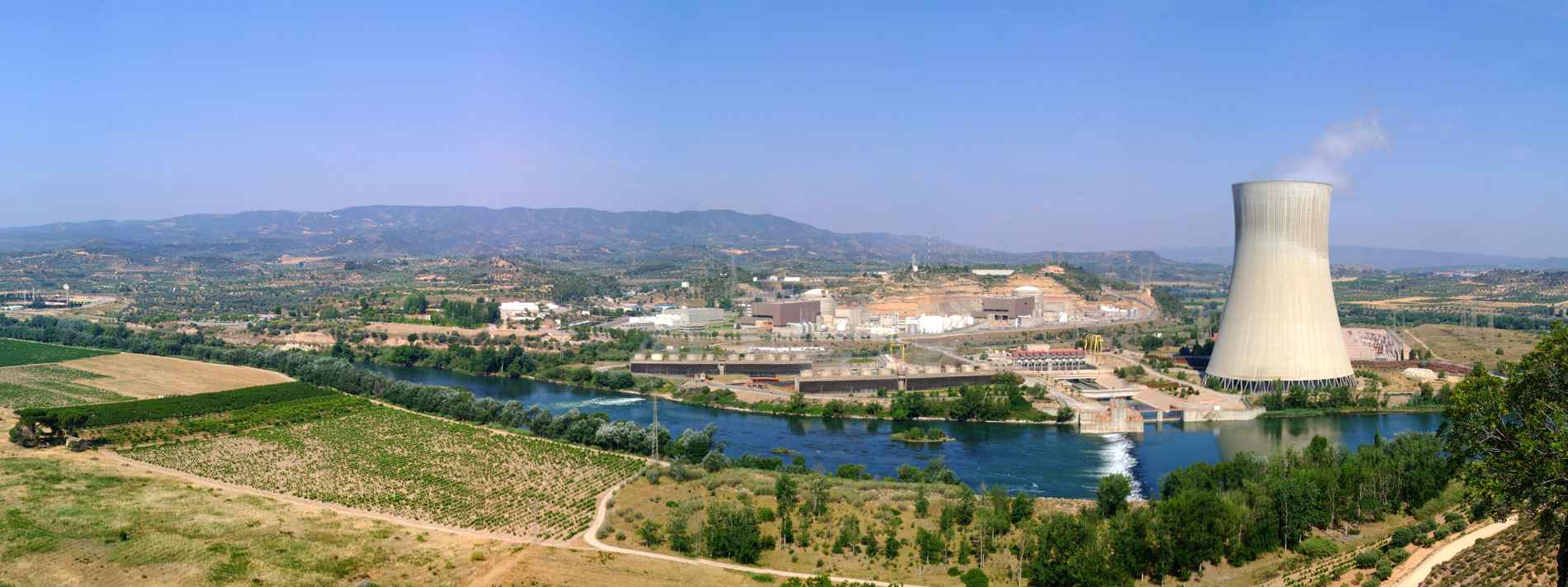
If you prefer to always view the website in English, please click here.
If you prefer to always view the website in English, please click here.
CO2 emission rights and high demand for gas are just some of the factors that directly influence the price of energy and, therefore, the electricity bill. We will explain the key to understanding why it has increased so much.
At a time when you are getting so much information about the rise in the price of energy, it is essential that you understand why this is happening. There is a reason for everything and, when the real cause of the problem is explained, it is easier to find a solution. That is why we will explain the key to understanding the price increases that we are experiencing.
The price of energy, and therefore the electricity bill, is affected by the following five main variables: The available electricity production mix, weather conditions, the price of CO2 emission rights, fuel prices and demand.
The energy with a lower variable cost is renewable energy, but in Spain it is not yet sufficiently developed and it is not possible to cover all the demand only with this type of energy.
It is also a type of energy that is not completely reliable because it depends on weather conditions. For example, when there is less wind it is necessary to resort to the energy produced in combined cycle power plants that use gas as fuel.
The price of gas has risen sharply due to growing demand from Asia, particularly China, and a number of factors that have limited its transport from the countries that produce it. In Europe we depend on imported gas, so we suffer directly from the rise in its price, but it is estimated that this crisis will be temporary and that in the medium term prices will fall.
The production of energy in combined cycle plants is also associated with CO2 emission costs: These are the emission rights established by the European Union. These rights come at a high price so countries will prioritise the use of zero-emission technologies and thus combat climate change.
The daily market price for energy is a reflection of the cross between supply and demand (and this is common throughout Europe). It determines what energy prices will be at all hours of the day. The daily market is a wholesale market, and its function is for marketing distributors and generators to be able to adjust customer demand and energy production.
Spain is the only country in the world that has a regulated PVPC tariff (Voluntary Price for the Small Consumer) that transfers the price of energy on the daily market directly to the consumer. That is why, when the wholesale market rises sharply, so does the price paid by consumers with the PVPC tariff. Although it also benefits from periods when the market is very low, as happened in 2020. That is, these are the consumers who are most subject to market volatility.
Customers subject to PVPC currently account for around 10% of the country's energy demand. This 10% includes practically half of domestic consumers, so the impact on many families of fluctuations in the wholesale price is very significant.
The rest of the customers are not affected because they have a different type of contract that is a part of the deregulated market. In these cases customers pay fixed prices for at least one year and, therefore, the rise in the price of energy will only affect them if it is a long-term crisis.
Contrary to what it may seem, the rise in prices does not benefit the electricity distribution companies. This happens because already some months ago the electricity companies had sold 100% of their basic production – hydraulic, nuclear and renewable – for 2021 and over 75% of that for 2022, at prices substantially lower than those now reached on the daily market. And with these forward sales, they have been making contracts for fixed-price sales with customers in the free market.
This means that electricity distributors cannot pass on current market prices to existing contracts. The only tariff that is affected by the price increase is the regulated tariff, the PVPC that is established by the Government.
First of all, it is important to check your invoices carefully and compare them with previous ones. In this way, most consumers in the free market will find that these do not reflect the price rises that appear so often in the news headlines.
What customers with a regulated tariff can do is to try to consume electricity during off-peak hours, when the price is lower. They can also review and adjust the contracted power and adapt it to their needs or look for alternatives with a new contract in the free market.





